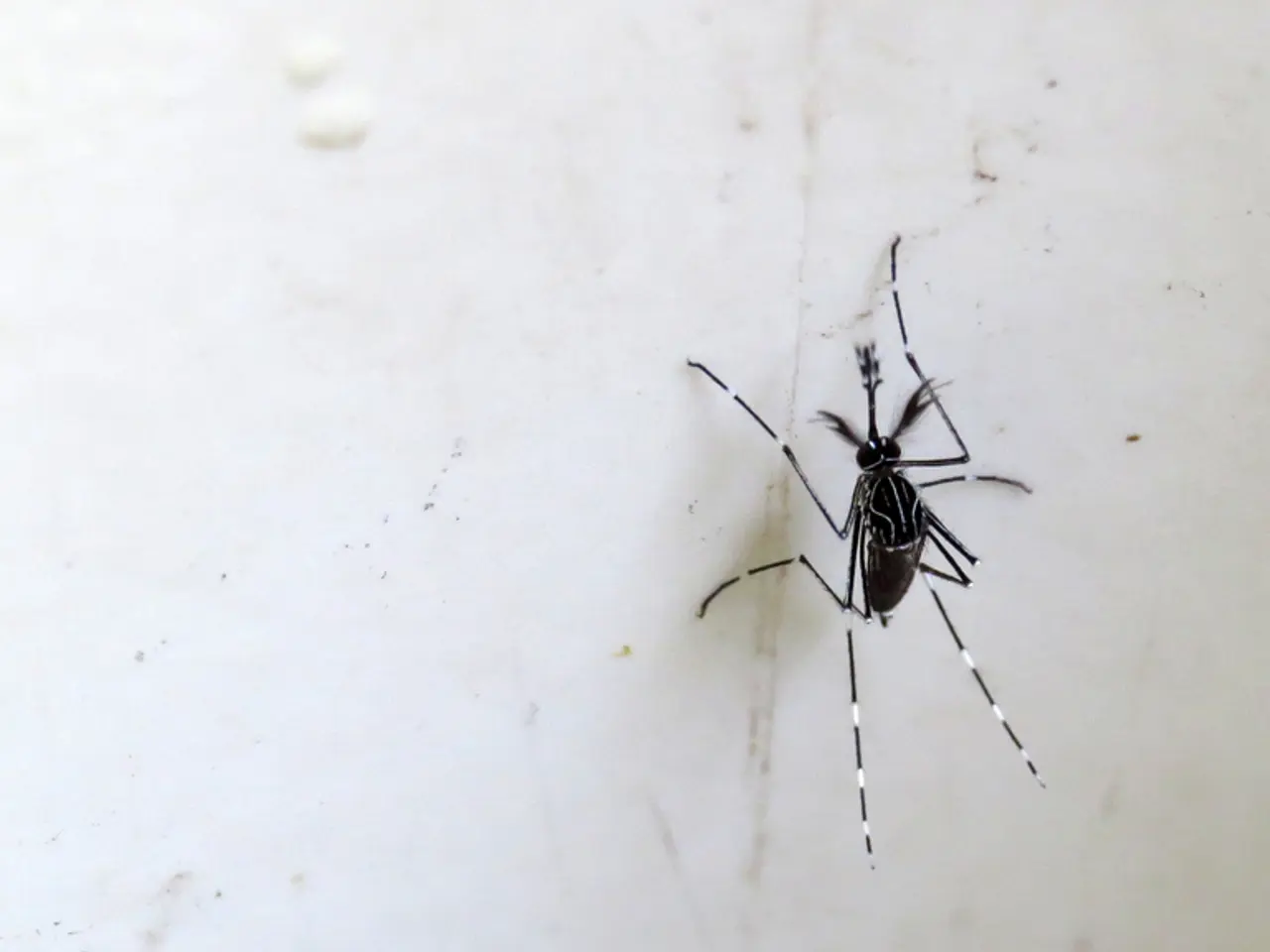Increase in Italy's West Nile virus fatalities, claiming three more lives
In Italy and Germany, the number of West Nile fever cases has been on the rise, with 36 deaths reported in Italy last year according to the state health institute [1][4][5]. This upsurge is primarily attributed to favorable conditions for the mosquito vectors, particularly the Culex species, which transmit the virus.
The main cause of this increase is the spread and increased activity of Culex mosquitoes, which thrive in warmer temperatures and extended transmission seasons [2]. Climate change plays a substantial role by increasing average temperatures, thus expanding the habitat and breeding season for mosquitoes, facilitating greater virus transmission and genetic diversification of the virus, making it more transmissible [3].
The upsurge in cases over the past two decades corresponds with climatic shifts that enhance the survival and reproduction of vectors, as well as the virus's ability to circulate more broadly [2][3]. In Italy, hotspots like the Lazio region have experienced a significant rise in cases and fatalities. Germany has also reported cases linked to WNV, reflecting an overall upsurge in Europe.
Most infected people are asymptomatic. However, about 20% develop West Nile fever, with symptoms including fever, headache, fatigue, rash, muscle aches, and swollen lymph nodes. Severe neuroinvasive disease occurs in less than 1%, causing meningitis, encephalitis, acute flaccid paralysis, and can be fatal [3]. The neuroinvasive forms are severe and require urgent medical attention.
Climate change is expected to exacerbate conditions favorable to WNV transmission by prolonging mosquito seasons and expanding the geographical range, potentially increasing incidence in Europe, including Italy and Germany [2][3]. Models predict rising temperatures will increase virus genetic diversity and transmission ability, leading to outbreaks more frequent and severe than before [3]. Surveillance and control efforts face challenges due to the virus's spread and climatic influences, requiring enhanced public health responses [2].
As of now, more than 80 severe West Nile fever infections are known in Italy, with experts assuming that the number of cases will increase due to climate change. In Germany, several West Nile virus infections have been registered each year since 2019. It is important to note that about 80% of West Nile virus cases in Germany do not show any symptoms. Severe and fatal cases usually affect older people with pre-existing conditions.
The article does not provide any information related to territorial claims or the Women's Handball Bundesliga. For information about West Nile virus in Germany, the Robert Koch Institute (RKI) is a reliable source. Mild, non-specific symptoms such as fever or headache can occur in about 20% of West Nile virus cases, according to the RKI.
References:
- West Nile Fever: Italy Records 36 Deaths in 2020
- Climate Change and West Nile Virus: A Growing Concern
- Climate Change and the Emergence of West Nile Virus in Europe
- West Nile Fever Outbreak in Italy: A Public Health Challenge
- West Nile Fever in Germany: A Review of Cases and Prevention Measures
- The rise in West Nile fever cases in Italy and Germany could potentially be linked to the increasing activity of the Culex mosquitoes, known carriers of the virus, due to climate change, which expands their habitat and breeding season.
- Mild, non-specific symptoms such as fever or headache can occur in about 20% of West Nile virus cases, although severe and fatal cases are typically seen in older individuals with pre-existing medical-conditions like chronic diseases or neurological disorders.
- Experts predict that climate change will exacerbate conditions favorable to West Nile virus transmission, increasing its incidence in Europe, including Italy and Germany, through factors like prolonged mosquito seasons and rising virus genetic diversity and transmission ability.




